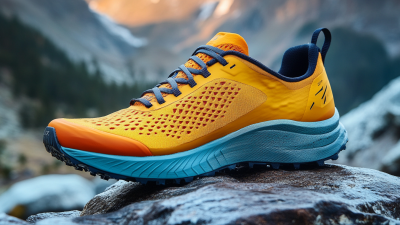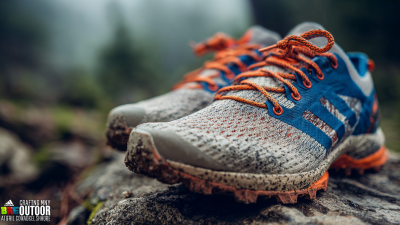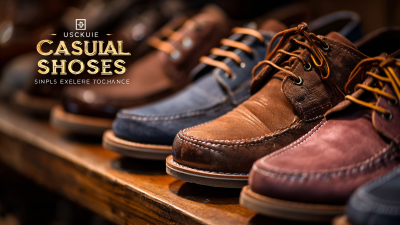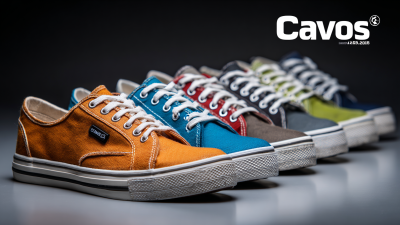
In recent years, the world of outdoor running shoes has undergone a remarkable transformation, blending innovative technology with a strong commitment to sustainability. As we move further into the future, these shoes are not just designed to enhance athletic performance but also to minimize their environmental impact. Brands are increasingly focusing on using eco-friendly materials, reducing waste in production, and implementing recycling programs that resonate with the growing consciousness of eco-aware consumers. This evolution reflects a broader trend in the athletic footwear industry, where the emphasis on functionality and comfort is now matched by a responsibility towards our planet. The outdoor running shoes of tomorrow promise to deliver exceptional support and durability while championing the principles of sustainability, creating a harmonious balance between enjoying nature and preserving it for future generations.

In recent years, the outdoor running shoe market has seen a significant shift towards eco-friendly materials, driven by both consumer demand for sustainability and technological advancements in textile innovation. As more brands focus on incorporating recycled and plant-based materials into their products, runners are beginning to question the durability and performance of these eco-friendly alternatives. This concern raises an interesting dialogue: can environmentally conscious footwear truly stand the test of time on the trails?
The forecasted growth of the global running and hiking footwear market underscores an increasing recognition of sustainability as a critical component of outdoor gear. The projected USD 25 billion market size by 2033 highlights a robust trend toward premiumization, where consumers are willing to invest in shoes that not only perform well but also contribute positively to the environment. As brands continue to experiment with cutting-edge sustainable materials, the balance between performance and eco-friendliness can lead to innovative designs that cater to the needs of dedicated runners while addressing the urgent challenge of climate change.
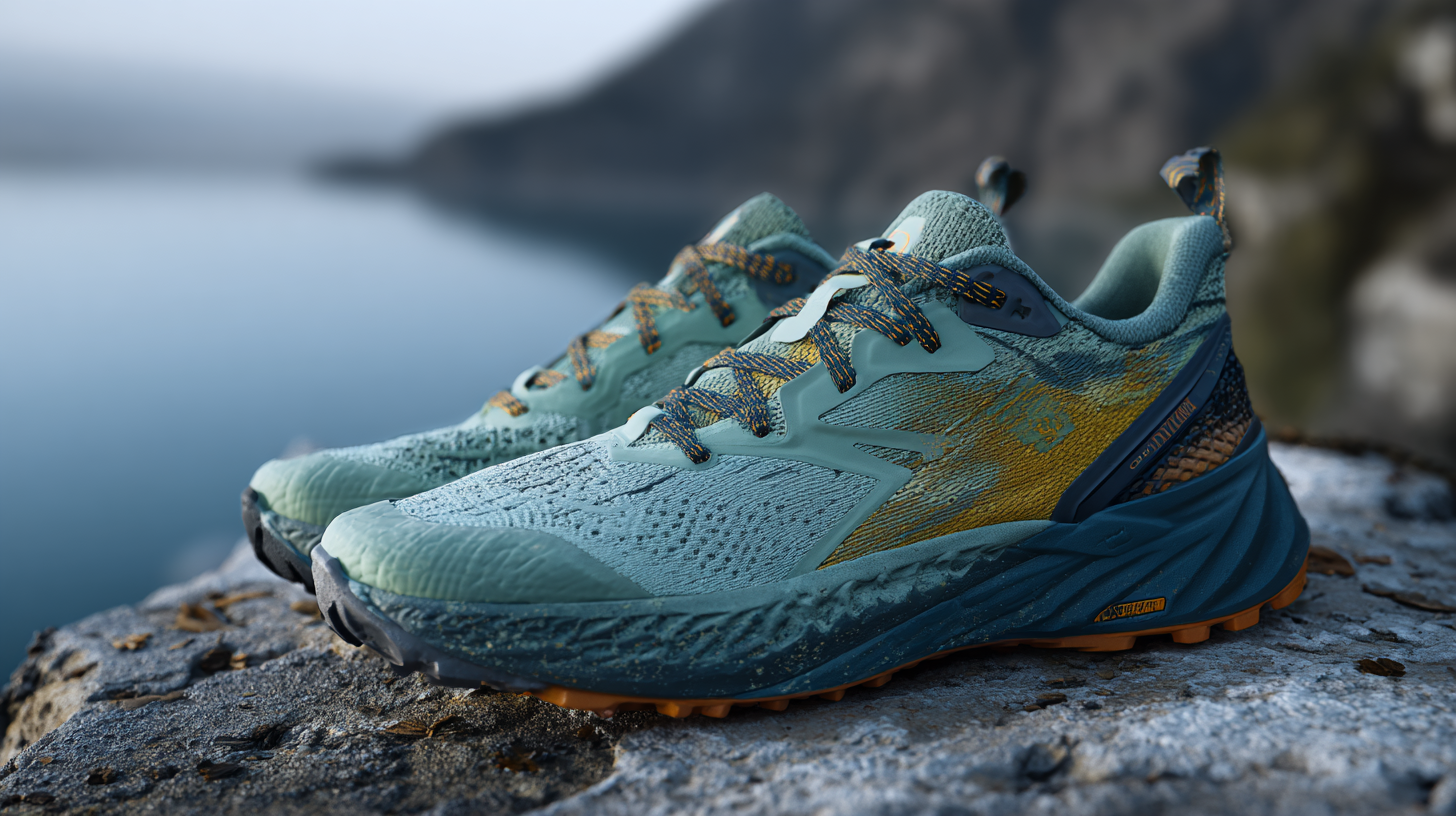 The world of outdoor running shoes is witnessing a revolution, driven by innovative technologies that promise to enhance both performance and comfort for athletes. Advancements in materials science have led to the development of lightweight and breathable fabrics that not only improve ventilation but also offer superior moisture-wicking properties. This means runners can enjoy longer sessions without the discomfort of excess sweat or overheating. Additionally, 3D printing technology is enabling customized shoe designs that cater to individual foot shapes, providing unparalleled support and reducing the risk of injury.
The world of outdoor running shoes is witnessing a revolution, driven by innovative technologies that promise to enhance both performance and comfort for athletes. Advancements in materials science have led to the development of lightweight and breathable fabrics that not only improve ventilation but also offer superior moisture-wicking properties. This means runners can enjoy longer sessions without the discomfort of excess sweat or overheating. Additionally, 3D printing technology is enabling customized shoe designs that cater to individual foot shapes, providing unparalleled support and reducing the risk of injury.
Moreover, the integration of smart technologies in running shoes is transforming the experience for many athletes. Sensors embedded in the footwear can track metrics such as distance, pace, and even foot-strike patterns in real-time, providing valuable feedback for runners to fine-tune their performance. This data can be synced with mobile apps, allowing for a more tailored training regimen. As brands focus on sustainability, recycled materials are becoming increasingly commonplace, offering not just superior performance but also contributing to a more eco-friendly future for running gear. Ultimately, innovative technologies are setting the stage for a new era of outdoor running shoes that prioritize both athlete needs and environmental responsibility.
The evolution of running footwear is increasingly shaped by innovative technologies and sustainable practices, paving the way for a new era in design. One prominent trend is the adoption of 3D printing technology, which allows for the creation of personalized shoe lasts tailored to individual foot shapes. This not only enhances comfort and fit but also streamlines the manufacturing process, reducing waste and environmental impact. As the demand for customized gear grows, 3D-printed shoes are likely to become a staple, offering runners solutions that prioritize both performance and sustainability.
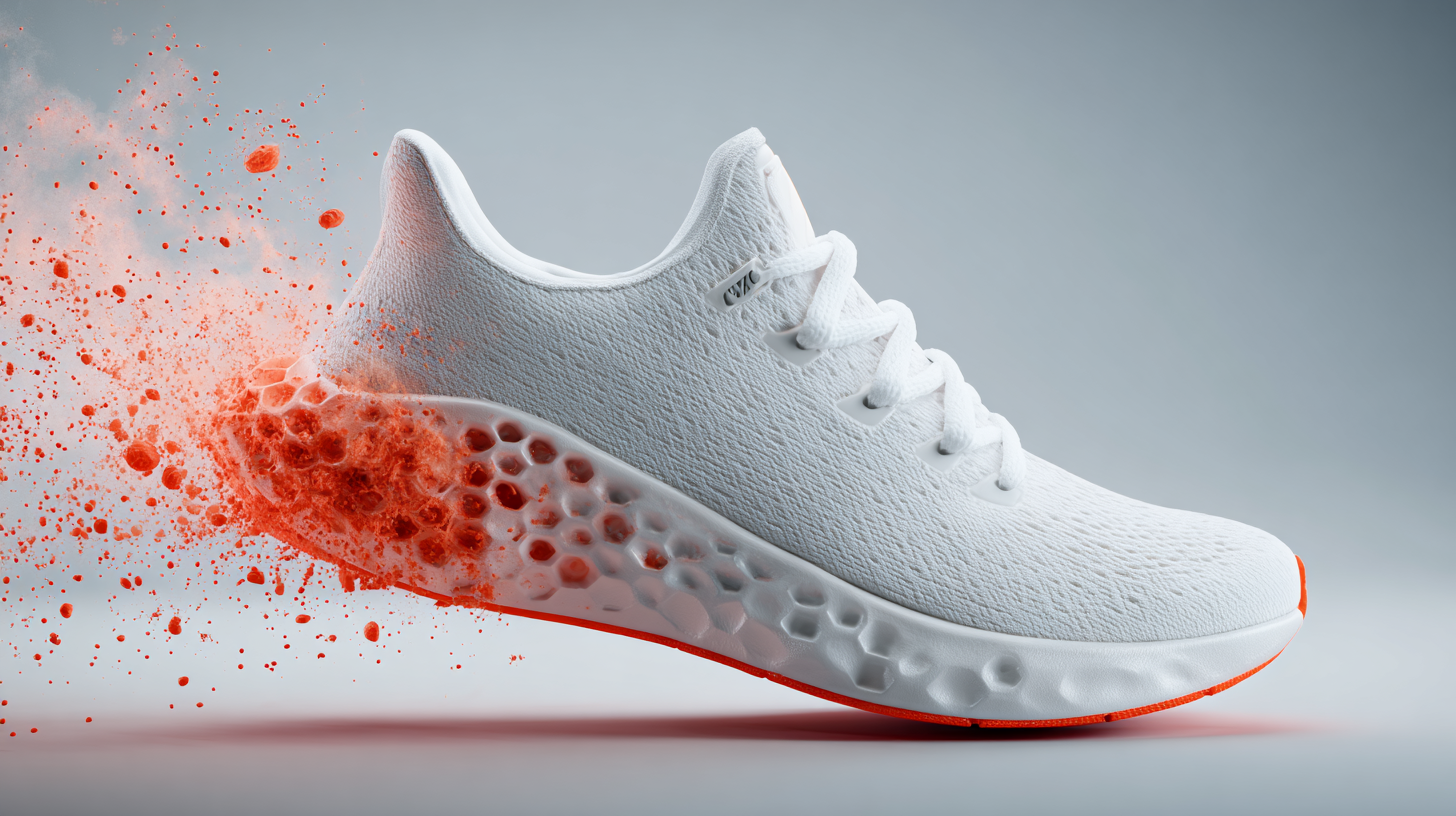
In addition to manufacturing innovations, the running shoe market is witnessing a shift in material use, with a focus on eco-friendly alternatives. The integration of sustainable materials into footwear design not only addresses environmental concerns but also meets the growing consumer demand for responsible products. As brands explore these avenues, we can expect to see advancements that marry comfort with cutting-edge technology, redefining what athletes look for in their running shoes. The future of running footwear is bright, driven by a commitment to innovation that respects both the user’s needs and the planet.
As the outdoor running shoe market evolves, consumer awareness plays a crucial role in driving sustainable shoe choices. Today's runners are becoming increasingly conscious of the environmental impact of their footwear. This awareness not only influences purchasing decisions but also pushes brands to innovate and adopt sustainable practices.
One effective way to enhance your awareness is to research brands that prioritize sustainability, looking for certifications or initiatives that demonstrate their commitment. You can also educate yourself on eco-friendly materials such as recycled plastics, organic cotton, and biodegradable components. By understanding how these materials affect both performance and the planet, you can make informed choices that support sustainable innovation in running footwear.
Additionally, consider spreading the word about sustainable running shoes within your community. Engage in conversations about the importance of sustainable choices and share your findings on social media. Encouraging others to consider the environmental implications of their purchases can create a ripple effect, inspiring more consumers to choose brands that prioritize eco-friendly practices. By becoming more vocal about sustainability, you are not just making a personal choice; you are contributing to a broader movement towards responsible consumption in the running industry.
| Category | Feature | Importance (1-10) | Consumer Awareness Level (%) |
|---|---|---|---|
| Material Innovation | Recycled Materials | 9 | 75 |
| Sustainability | Biodegradable Elements | 8 | 68 |
| Performance | Enhanced Cushioning | 9 | 60 |
| Durability | Long-lasting Wear | 7 | 55 |
| Consumer Education | Awareness Campaigns | 10 | 80 |
In the ever-evolving landscape of outdoor running shoes, the trend of collaborations between brands and eco-conscious organizations is shaping a new paradigm in sustainability. Reports indicate that the global sustainable footwear market is projected to reach $9.81 billion by 2025, driven by rising consumer awareness and demand for environmentally responsible products. Major brands are now teaming up with organizations focused on innovative materials and practices, creating running shoes that not only enhance performance but also minimize environmental impact. For instance, Adidas' partnership with Parley for the Oceans demonstrates how brands can leverage recycled materials—turning plastic waste into high-performance running shoes.
One practical tip for runners looking to make sustainable choices is to consider shoes made from recycled materials. According to a recent survey, approximately 55% of consumers are willing to pay more for products made from recycled content. Additionally, runners should pay attention to the lifecycle of their footwear. Choosing brands that offer recycling programs can significantly reduce waste, as companies like Nike have initiated programs that repurpose old shoes into new products. By staying informed and selective, runners can make responsible choices that benefit both themselves and the planet.
As innovation and sustainability converge, the future of outdoor running shoes is bright. Collaborations between brands and eco-conscious organizations promise an era of footwear that not only performs well but also contributes positively to environmental stewardship. Investing in sustainable running shoes is not just a trend; it's a commitment to preserving our planet for future generations.
